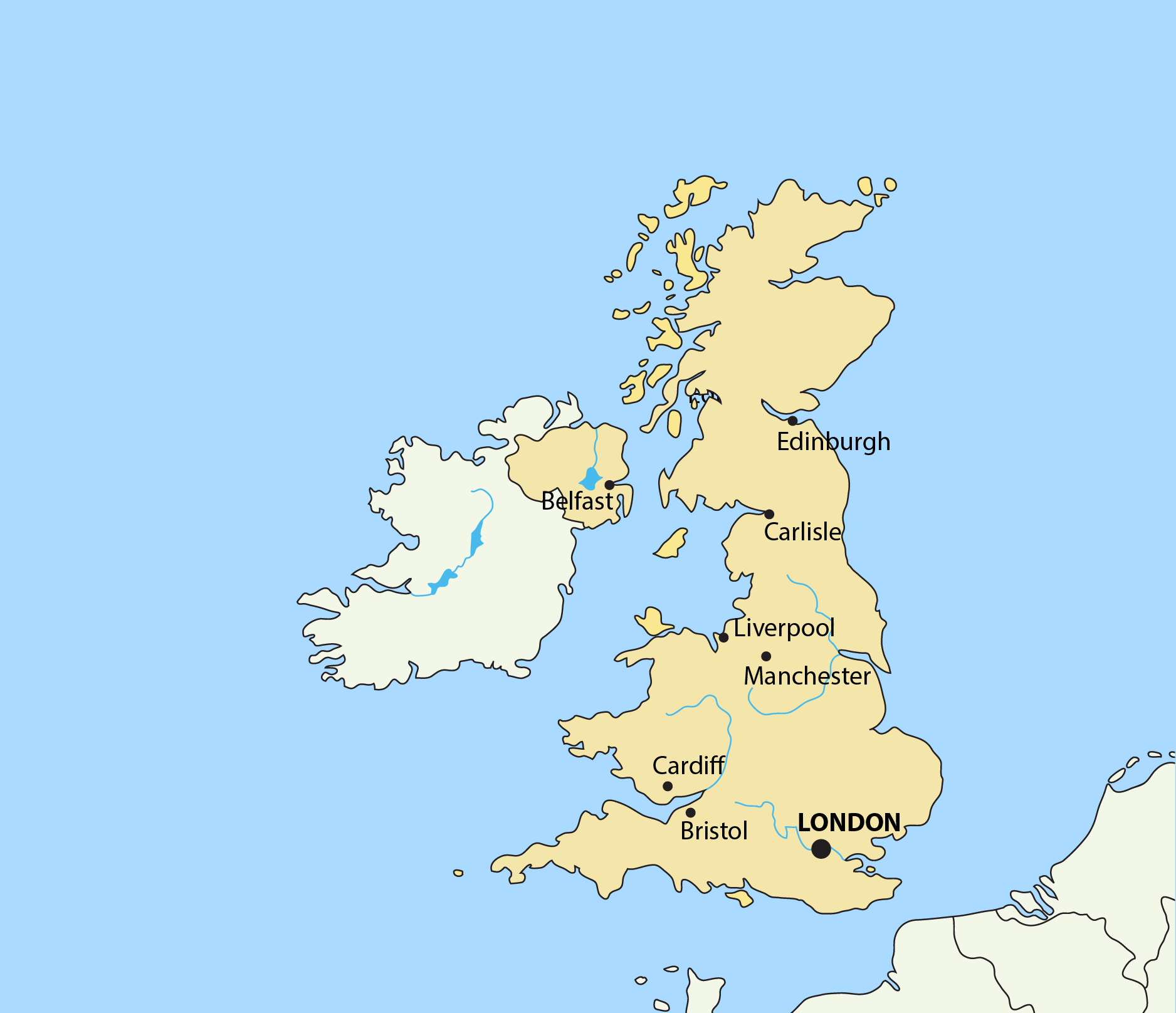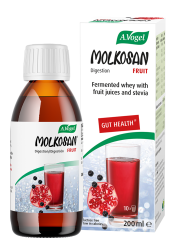Why is eating the rainbow important for general health?
Did you know, that different colours in nature (not any artificial ones!) – signify different nutrients? Here are some glorious examples, from me:
- Red options such as tomatoes or watermelon, contain lycopene, a powerful antioxidant helpful for heart health / prostate in men.
- Orange colours signifiy beta-carotene, which is converted into vitamin A in the body - think eyes and immune health.
- Yellows, such as those found in fruits such as mango, or bell peppers contain lutein and zeaxanthin, especially protective of our for eyes but these are amongst some of the most powerful protectors of our bodies' cells.
- Greens – Think green leafy veg options, avocados or cruciferous broccoli or Brussel sprouts. These contain a lovely variety of nutrients including iron, magnesium, folate, and the plant pigment chlorophyll – which is especially helpful for detox and energy processes.
- Blues/Purples: Think, berries, cabbage, beetroot. These contain anthocyanins, which again, are some of the most powerful antioxidants of all - these can have full body, widespread anti-inflammatory effects.
- White/Brown colours - not to be forgotten! Beige in nature is certainly not unhelpful. Allicin in garlic is hugely powerful, and mushroom phytonutrients are super powerful & protective against disease - super immune protecting.
Does eating the rainbow have specific benefits for the gut?
But research has also shown that eating variety of plant-based food and fibre is the key to good gut health, and more specifically, eating different colours of food, so basically eating a rainbow, is super beneficial.
Because a variety of plants in the diet – directly translates into a variety of good gut bacteria in the gut. And these little critters are the key to good health.
This is proven in the research, but people may not be aware.
Or some people know about it, but don't know how to put it into practice in everyday life.
How can I aim to eat the rainbow, with the least amount of effort?
Conclusions from the research say people should aim for 30 different plants per week. That’s only 4-5 per day. And did you know that so many categories of foods count?
This includes fruits, vegetables, legumes, beans, nuts, seeds, grains, herbs and spices. And they can be working into meals and snacks throughout the course of a day.
References
1. https://pmc.ncbi.nlm.nih.gov/articles/PMC9268388/
2. https://pubmed.ncbi.nlm.nih.gov/35764724/








